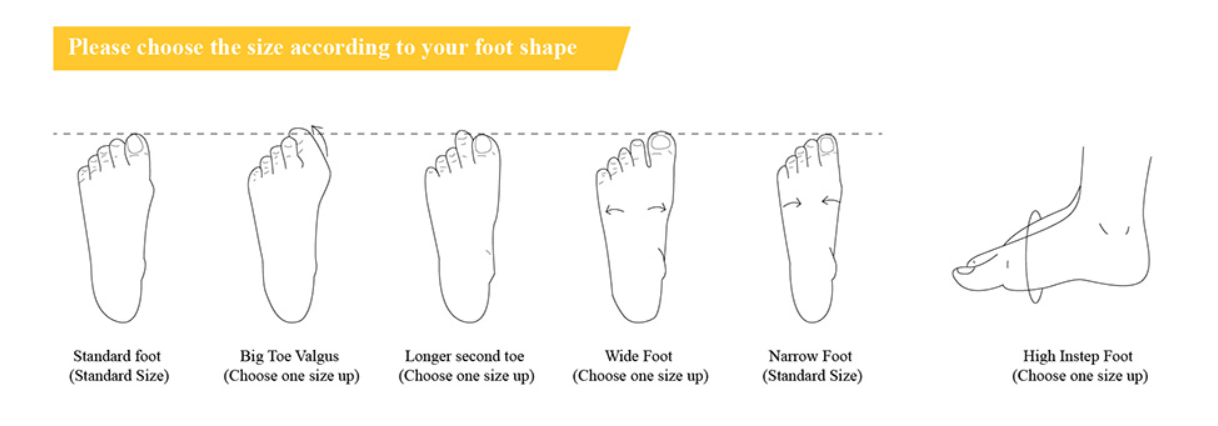A proper fitting work boot is essential for maximizing comfort, stability, and focus while on the job. It provides the necessary support and protection, while also reducing the risk of slips and falls on uneven terrain. However, selecting the right boot size can be a challenge. To help you make the best choice, we have prepared a comprehensive boots size guide. By accurately measuring your calves and feet, you can ensure a perfect fit that enhances your work experience.
Steps to Measure Feet Correctly

1. Take a piece of white paper and step your foot on it.
2. Mark your longest toe and heel.
3. Then measure the distance between them using a straight line parallel to your foot's length.
4. Repeat those 3 steps for the other foot.
Special Note:
1. Foot lengths may differ slightly between the right and left feet, which is normal. There should be a preference for the larger foot when there is a slight difference in size between the left and right feet.
2. Take into account the extra room needed for socks or other wearables, and adjust your measurements accordingly.
How to Measure Calf Correctly?
You can follow the steps to measure your calf size:
1. Sit down on a chair, and ensure that your knee is bent at 90 degrees.
2. Take a measurement tape and calculate the perimeter of your calf at the widest part.
Special Note:
Make sure you leave enough room for trousers or other pants to be tucked in.
How Should Boots Fit?
An unpleasant experience can be experienced if your boots are too small or too large. Choosing the right pair of boots that fit properly is very important before making a purchase.
A good boot should feel snug, but it should also be able to accommodate your feet enough to move around without becoming uncomfortable as they move around.
If your feet are sliding forward, it means that the shoes are too wide. While, it means that the boots are too tight if you feel pinching in different parts of your feet.

1. The size that you choose should be standard if you have a standard foot.
2. Choose one size up if you have a big toe valgus.
3. One size up is recommended if your second toe is longer.
4. Choose a size up if your foot is wide.
5. Choose a standard size if you have a narrow foot.
6. Choose one size up if you have a high instep foot.
How to Break In Boots Quickly?
Wearing new boots can cause discomfort for the first time. So, for some of the boots, they need a little time to break in. These normal practical tips will help expedite the break-in process, allowing you to enjoy the perfect fit and maximum comfort in no time.
- You should try on boots with different widths until you find the one that is the most comfortable.
- Do some light exercises and walk around in them to get an idea of how they fit.
- Using insoles can also help you adjust the fit of your shoes if necessary.
- Choose the right fit. The wrong type of boots can cause pain and discomfort, so it's important to choose the right ones.
Conclusion
Work boots can cause discomfort if the size is not properly chosen. Wrong-fitting boots can lead to blisters, hotspots, and foot pain, making it difficult to focus on the task at hand. So, it's crucial to take the time to measure your calves and feet accurately and refer to the manufacturer's size chart or guidelines.
By following the above boots size guide, you can find the right fit that provides the necessary comfort and allows you to perform your best while working. Remember, a little extra effort in finding the right size can go a long way in ensuring your overall satisfaction and productivity on the job.
